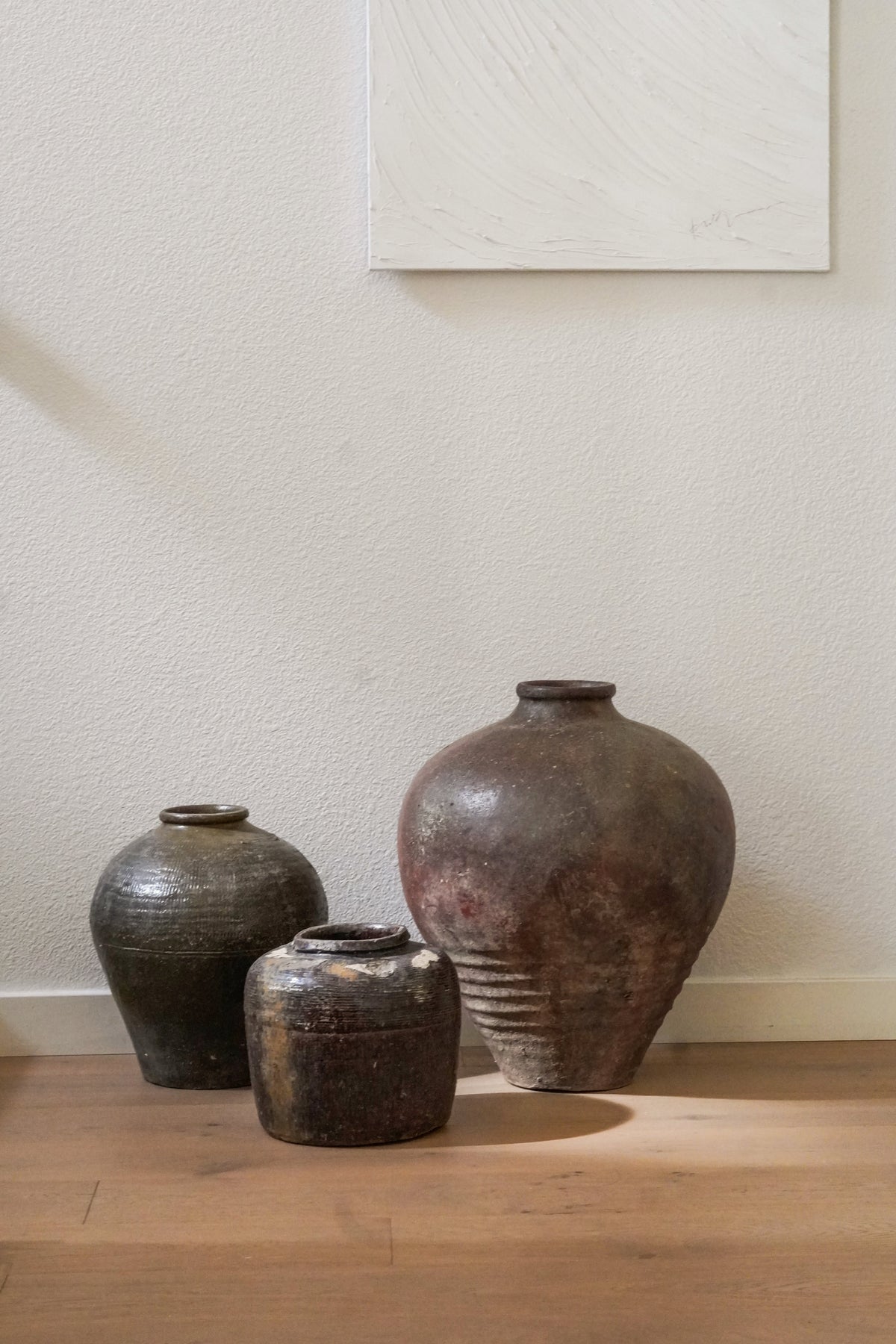Porcelain and ceramic dinnerware both fall under the category of ceramics, which are products made from clay and hardened by heat. However, there are distinct differences between the two in terms of composition, production process, and characteristics:
-
Composition and Production:
- Porcelain: Porcelain dinnerware is made from a refined clay mixture that includes kaolin, a fine white clay. It is fired at a higher temperature compared to ceramic, typically between 2200°F and 2650°F (1200°C and 1450°C). This results in a vitrified material that is white, translucent, and very durable.
- Ceramic: Ceramic dinnerware can be made from a variety of clay types, not necessarily as fine or pure as the kaolin used in porcelain. It is generally fired at lower temperatures than porcelain, usually below 2100°F (1150°C). This results in a material that is thicker, more opaque, and slightly less durable than porcelain.
-
Properties:
- Porcelain: Known for its delicate appearance, porcelain has a fine, smooth surface with a glass-like finish that is non-porous and typically more chip-resistant. It often has a somewhat translucent quality when held up to the light. Due to its durability and elegance, porcelain is frequently used in formal dining settings.
- Ceramic: Ceramic dinnerware tends to be heavier and more robust than porcelain, with a slightly porous surface. It is more casual and versatile, suitable for everyday use. The glazes and finishes can vary widely, offering a range of textures and colors.
-
Durability and Use:
- Porcelain: Despite its delicate appearance, porcelain is highly durable and resistant to chipping, cracking, and staining. It is also usually microwave and dishwasher safe, making it practical for regular use as well as special occasions.
- Ceramic: Ceramic dinnerware is durable and suitable for daily use, but it may be more susceptible to chipping and wear over time. Most ceramic dishes are also microwave and dishwasher safe, although it depends on the glaze and decoration.
-
Cost:
- Porcelain: Generally more expensive due to the purity of materials and the higher firing temperatures required for its production. The intricate designs and finishes often found on porcelain can also contribute to its higher price.
- Ceramic: Tends to be more affordable than porcelain, making it a popular choice for everyday dinnerware. Prices can vary based on the quality, design, and finish.
When choosing between porcelain and ceramic dinnerware, consider the intended use (everyday vs. special occasions), durability requirements, aesthetic preferences, and budget.





